Faiber Rosas-Portilla, IRyA
Host: Luis Zapata
Ca II and Millimeter diagnostics of chromospheric emission and
variability of cool stars
The chromosphere of cool stars is one of the least understood regions of
stellar atmospheres, and modeling its structure and physics represents a
fundamental challenge in stellar astrophysics. The Ca II K emission line
constitutes a powerful optical diagnostic of chromospheric activity,
while millimeter continuum emission provides a direct probe of the
chromospheric thermal structure. Since both diagnostics form in similar
atmospheric layers, their comparison provides a more complete
characterization of this region.
Using a homogeneous, high-S/N stellar sample obtained by TIGRE and VLT
spectroscopy, we obtain precise Ca II K fluxes and widths with
well-determined stellar parameters. From these uniform observations, we
derive best-fit relations between Ca II K widths/fluxes and surface
gravity and effective temperature, constraining how chromospheric
properties scale with fundamental parameters. Long-term TIGRE monitoring
(~10 yr) reveals clear links between activity level and evolutionary
state, and a correlation between variability and Ca II K emission. In
addition, we will present a dual diagnostic program that combines
optical Ca II K with millimeter continuum emission to test new
physically self-consistent PHOENIX chromospheric models that reproduce
both optical and millimeter diagnostics within a unified framework.
We will discuss expected correlations with gravity/temperature, links to
the Wilson–Bappu framework, and how an optical-millimeter dual
diagnostic program will provide unprecedented insights to answer
fundamental questions about the temperature stratification, the origin
of the temperature minimum, and the role of non-radiative heating
mechanisms from main-sequence to evolved stars.





























